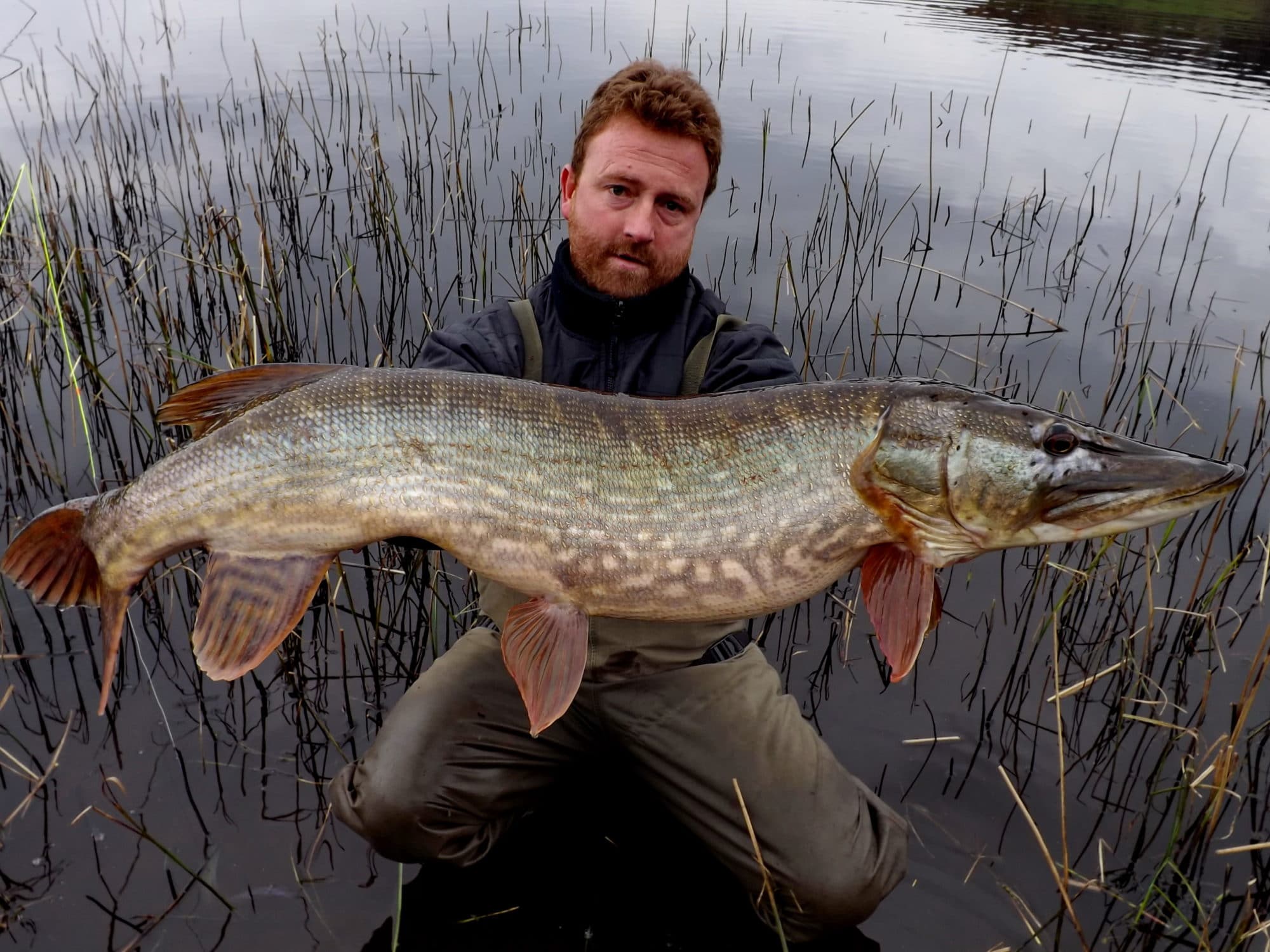Taxonomy and Description

Pike fish, also known as esocids, are a group of predatory fish belonging to the family Esocidae. They are native to freshwater habitats in North America, Europe, and Asia. Pike fish are characterized by their elongated, torpedo-shaped bodies, pointed snouts, and sharp teeth.
Scientific Classification
The scientific classification of pike fish is as follows:
– Kingdom: Animalia
– Phylum: Chordata
– Class: Actinopterygii
– Order: Esociformes
– Family: Esocidae
– Genus: Esox
Physical Characteristics, Pike fish
Pike fish vary in size, weight, and color depending on the species. The largest species, the muskellunge (Esox masquinongy), can reach lengths of up to 6 feet (1.8 meters) and weigh over 100 pounds (45 kilograms). The smallest species, the grass pickerel (Esox americanus vermiculatus), typically measures around 12 inches (30 centimeters) in length and weighs less than 1 pound (0.5 kilograms).
Pike fish have a long, slender body with a pointed snout and a large mouth filled with sharp teeth. Their bodies are covered in scales that are typically olive green or brown in color, with dark vertical bars or spots. Some species, such as the northern pike (Esox lucius), have a distinctive yellow or golden coloration on their fins.
Habitat and Behavior: Pike Fish

Pike fish inhabit diverse aquatic ecosystems, ranging from freshwater lakes and rivers to brackish estuaries. Their preferred habitats typically feature dense vegetation, providing ample cover for ambush hunting. Pike fish often lurk in shallow waters near weed beds, submerged logs, or overhanging banks, where they can effectively conceal themselves while waiting for prey.
As voracious predators, pike fish employ a unique hunting technique known as the “lie-in-wait” strategy. They patiently lie motionless, blending seamlessly with their surroundings, until an unsuspecting fish swims within striking distance. With lightning-fast reflexes, pike fish launch themselves forward, using their powerful jaws to seize their prey.
Role in the Ecosystem
Pike fish play a crucial role in maintaining the ecological balance of their habitats. As apex predators, they help regulate populations of smaller fish species, preventing overpopulation and ensuring a healthy ecosystem. Pike fish also contribute to the nutrient cycling process, as they consume and decompose organic matter, releasing nutrients back into the water column.
Fishing Techniques and Regulations
Pike fish are highly sought after by anglers due to their aggressive nature and impressive size. To successfully catch pike, various fishing techniques can be employed. Trolling, jigging, and live bait fishing are some of the most effective methods.
Trolling involves dragging a lure or bait behind a moving boat. This technique is particularly effective in covering large areas of water and targeting pike that are suspended in the water column. When trolling for pike, it’s important to use lures or baits that mimic the size and appearance of the prey fish that pike feed on.
Jigging involves vertically moving a lure or bait up and down in the water column. This technique is often used to target pike that are holding near the bottom or in specific structures, such as weed beds or drop-offs. When jigging for pike, it’s important to use lures or baits that have a flashy or erratic action that attracts the attention of the fish.
Live bait fishing is another effective method for catching pike. Live bait can be fished on the bottom, suspended under a float, or trolled behind a boat. When using live bait for pike, it’s important to choose a baitfish that is common in the area where you’re fishing.
Responsible Fishing Practices
Pike fishing can be a sustainable and enjoyable activity if responsible fishing practices are followed. Catch-and-release programs and size limits are two important regulations that help to conserve pike populations.
Catch-and-release programs encourage anglers to release pike that are below a certain size or over a certain size. This helps to protect juvenile pike and allows larger pike to reach their full potential. Size limits are regulations that specify the minimum and maximum size of pike that can be legally harvested. These regulations help to ensure that pike populations remain healthy and balanced.